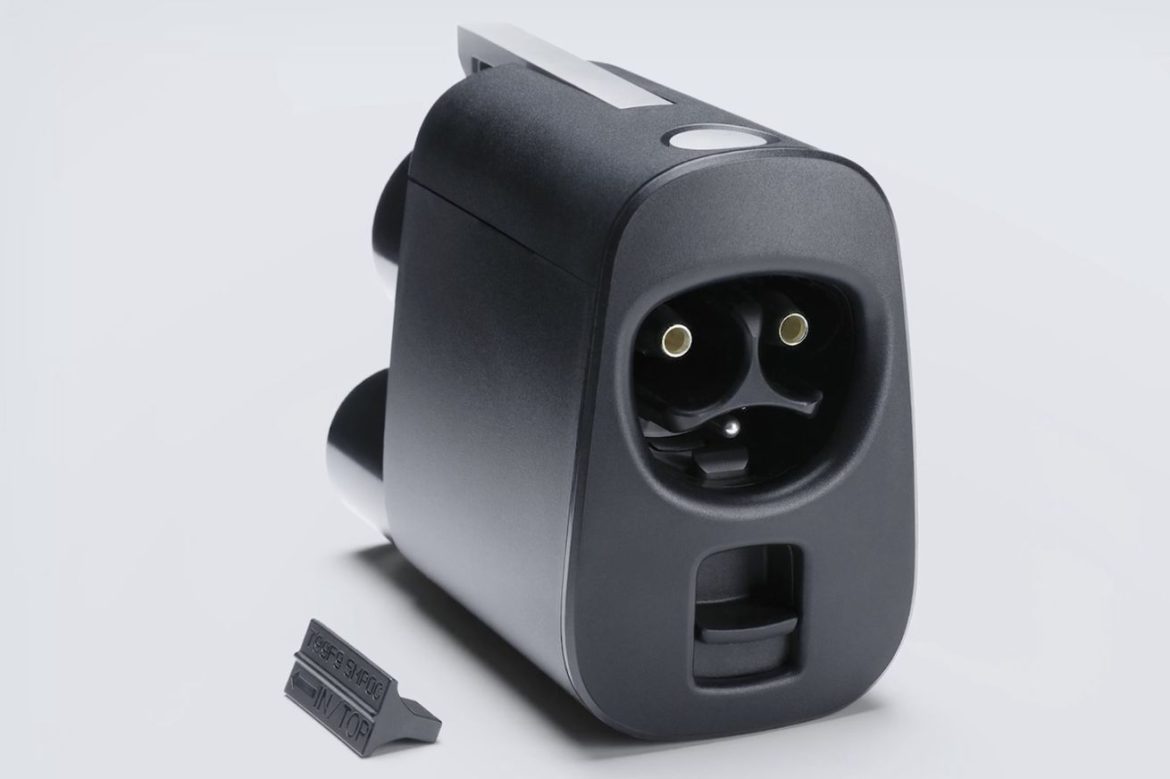
Nissan needs a little something extra to connect the Ariya to Tesla’s Superchargers

Nissan put out a tutorial video for Ariya owners today that shows how to use a Tesla NACS adapter with the vehicle, and it includes a step completely out of left field: shove a small piece of plastic into your car’s CCS port before you connect the adapter.
The Ariya is Nissan’s first EV with a CCS port, and the automaker just activated the vehicle’s ability to connect to Tesla’s vast Supercharger network in October. Other manufacturers have also adopted Tesla’s NACS standard, with companies like Ford and Rivian already shipping adapters to current EV owners. But none of those EVs need you to take a confusing extra step to make the adapter work.
As explained in the video, the NACS adapter available through Nissan includes a “plug adapter” that must be installed into the hourglass-shaped cavity between the two DC pins at the bottom before charging at NACS-capable fast charging stations. Nissan assures the viewer that its “simple” and requires no tools. However, you will need to use the adapter it provides or from a US dealership, which may mean other third-party options like the Lectron adapter might not work. (Probably for the best, considering the Lectron adapter was recently recalled.)
What’s odd about the Ariya’s charge port is that despite being a standard that works at many CCS-capable fast charging stations, there is some negative hollow space between the two direct current pins at the bottom that isn’t present on most other EVs. The plastic piece that Nissan wants you to stuff into the opening fills in the gap to look more like other CCS ports. We asked Nissan what the purpose of the opening is and why the insert is needed, but have not heard back at time of publication.
Nissan’s other EV model is the pioneering Leaf, which uses the all-but-obsolete CHAdeMO standard and probably won’t get some magic adapter to connect to Tesla’s Supercharger network (although there are some CHAdeMO to CCS adapters now).
EV ownership is already rife with competing standards, janky software, and fragmented confusion. Somehow, Nissan managed to add another step that leaves customers juggling multiple pieces of plastic just to get their $40,000 electric SUV to operate properly.
